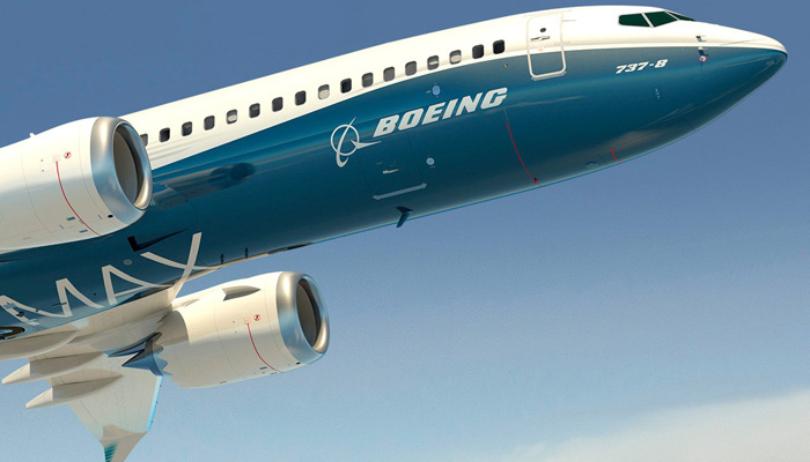As the pilots of the doomed Boeing jets in Ethiopia and Indonesia fought to control their planes, they lacked two notable safety features in their cockpits.
One reason: Boeing charged extra for them.
And these features were …
The jet’s software system takes readings from one of two vanelike devices called angle of attack sensors that determine how much the plane’s nose is pointing up or down relative to oncoming air. When MCAS detects that the plane is pointing up at a dangerous angle, it can automatically push down the nose of the plane in an effort to prevent the plane from stalling.
Boeing’s optional safety features, in part, could have helped the pilots detect any erroneous readings. One of the optional upgrades, the angle of attack indicator, displays the readings of the two sensors. The other, called a disagree light, is activated if those sensors are at odds with one another.
Boeing will soon update the MCAS software, and will also make the disagree light standard on all new 737 Max planes, according to a person familiar with the changes, who spoke on condition of anonymity because they have not been made public. Boeing started moving on the software fix and the equipment change before the crash in the Ethiopia.
It sounds to me that there is more to this story, and when it comes out it will make Boeing look very, very bad. If it comes out, I should say.
James Hall, chairman of the National Transportation Safety Board during Bill Clinton’s administration, wrote last week,
President Trump’s executive order on Wednesday afternoon to ground all Boeing 737 Max 8s was a necessary step. But it is a step that should have been taken directly by the federal agency responsible for aviation safety. That it came from the White House instead speaks to a profound crisis of public confidence in the F.A.A.
The roots of this crisis can be found in a major change the agencyinstituted in its regulatory responsibility in 2005. Rather than naming and supervising its own “designated airworthiness representatives,” the agency decided to allow Boeing and other manufacturers who qualified under the revised procedures to select their own employees to certify the safety of their aircraft. In justifying this change, the agency said at the time that it would save the aviation industry about $25 billion from 2006 to 2015. Therefore, the manufacturer is providing safety oversight of itself. This is a worrying move toward industry self-certification.
For many years, every time a significant accident occurred, investigators would arrive on the scene, figure out what happened, and then issue a rule. Over time, there grew to be a mountain of regulations, directives, circulars, notices, and advisories. They cover things like the time interval between inspections of a particular part, the vertical distance that a plane can fly from its assigned altitude, the age at which pilots must get physicals every two years instead of every three. To read any one of these rules is an excruciatingly boring task, and there are millions of them. Yet each is there for a reason. If any one of them were erased, lives could be put at risk.
The urgency of a safety-first mindset is steeped into every facet of aviation. Pilots tend to be meticulous, dot-the-i-and-cross-the-t kind of people. The type who got their homework in on time, and enjoyed doing so. They understand the paradox of freedom: that you can only soar carefree above the clouds if you’ve been anal enough to check the fuel-tank sump and know that water won’t clog your fuel line.
The problem is: Regulation has gone out of fashion. As well as being tedious, regulations are also expensive. They require the commitment of money, material, and labor. One can easily imagine a struggling aviation company for which the expense of complying with regulations can mean the difference between survival and bankruptcy. If lives are at stake, so are livelihoods.
If you haven’t already read it, do see Wise’s Where Did Boeing Go Wrong?: How a bad business decision may have made the 737 Max vulnerable to crashes. And see After two fatal Boeing plane crashes, the world turned on the US.
Some conservative/libertarian pundits argue against any connection between deregulation and the Boeing crashes. Indeed, one cannot point to any particular rule that was deregulated that directly caused the crashes. But one has to question whether those planes would have been flying, in particular without all safety features, if regulators who were not employees of the company were deciding whether they would fly.

